- Wireless Communication Systems (Hrs. 10; Marks 12) (Hrs. 06; Marks 06)
1.1 Wireless Network Generations
1.2 Mobile Radio Standards – AMPS, N-AMPS, IS-95, GSM, UMTS, CDMA 2000
1.3 Mobile Wireless Systems : Cordless Telephone System and Cellular Telephone System
1.4 Fixed Wireless Networks : Wireless Local Loop (WLL) and Local Multipoint Distribution System (LMDS)
1.5 Mobile Phone and Unit : Block Diagram, Working, Features of Transmitter and Receiver Sections, Frequency Synthesizer, Control Unit and Logic Unit of Mobile Phone Sensors : Speakers, Camera, Touch Screen, Motion Sensors and Other Common Sensors.
- Fundamentals of Cellular Systems (Hrs. 12; Marks 12)
2.1 Cellular Concept Fundamentals : Cell, Cell Structure, Cluster, Reuse Factor, Minimum Reuse Distance, Basic Cellular System : Mobile Station, Base Station, Traffic Channel (Forward and Reverse), Control Channel (Forward and Reverse), Frequency Reuse, Channel Assignment Strategies
2.2 Handoff Strategies : Concept of Handoff, Types of Handoffs : Hard, Soft, Queued, Delayed, MAHO (Mobile Assisted Hand-Off), Proper and Improper Hand-Off, Umbrella Cell Approach
2.3 Interference and System Capacity : Co-channel Interference, Adjacent Channel Interference, Channel Planning for Wireless Systems
2.4 Improving Coverage and Capacity in Cellular Systems : Cell Splitting, Sectoring, Microcell Zone Concept, Repeaters for Range Extension
- Digital Cellular Mobile Standards (Hrs. 12; Marks 16) (Hrs. 15; Marks 16)
3.1 Global System for Mobile Communication (GSM) : Features and Services, GSM Radio Aspects, GSM Architecture, GSM Channel Types, Security Aspects
3.2 GSM Call Routing : Mobile Terminated Call and Mobile Originated Call Sequence, Stages of Call Processing in GSM
3.3 IS-95/CDMA One : Features, Radio Aspects, Comparison with GSM Standards
3.4 Signaling System No. 7 (SS7) : Network Services Part (NSP), Message Transfer Part (MTP), Signaling Correction Control Part (SCCP), Services and Performance of SS7
- Advanced Wireless Standards (Hrs. 18; Marks 18)
4.1 Need for 3G and 4G Technology.
4.2 IMT-2000 Global Standards: Vision, Compatibility, Service and Spectrum Requirements.
4.3 UMTS/W-CDMA Standard : Features, Architecture, UMTS Air-Interface Specifications, Security Procedure.
4.4 CDMA 2000, Features and Advanced Versions, Advantages of CDMA 2000 over 3G-GSM Standards.
4.5 Next Generation Mobile Standards: Features of 4G and 4G LTE, VoLTE, 4.5G, 5G.
- Wireless Network Technologies (Hrs. 12; Marks 12)
5.1 Bluetooth Technology : Features, Architecture, protocol applications, Personal Area Network (PAN) Frequency band, IEEE 802.15.1 and other wireless.
5.2 RFID : Concept, Frequency band, Classification of RFID Tags, Applications.
5.3 WLAN Technology : IEEE 802.11, WLAN system architecture, Radio spectrum
5.4 WMAN/Wi-Max/ : IEEE 802.16 WMAN and IEEE 802.16a Wi-Max
5.5 Mobile Ad-hoc Networks (MANETs) : MANET Topologies, Applications.




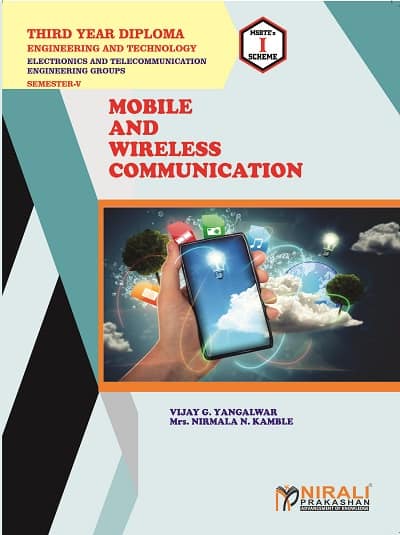
 Zoom
Zoom

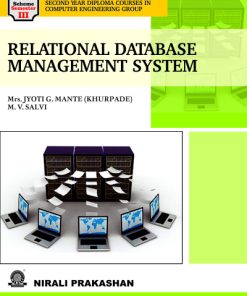
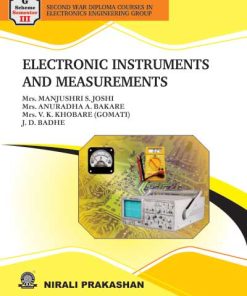
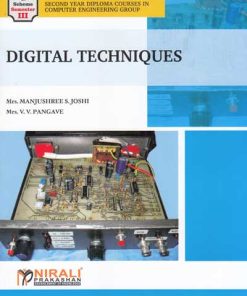
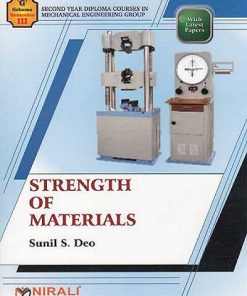
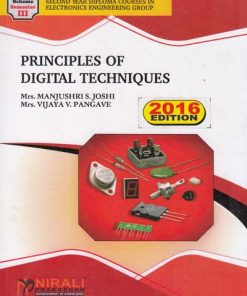

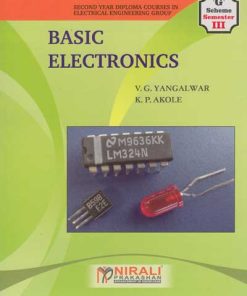
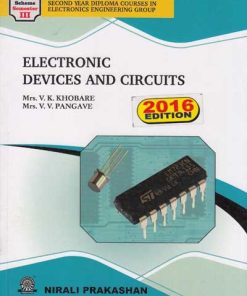


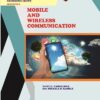
Reviews
There are no reviews yet.